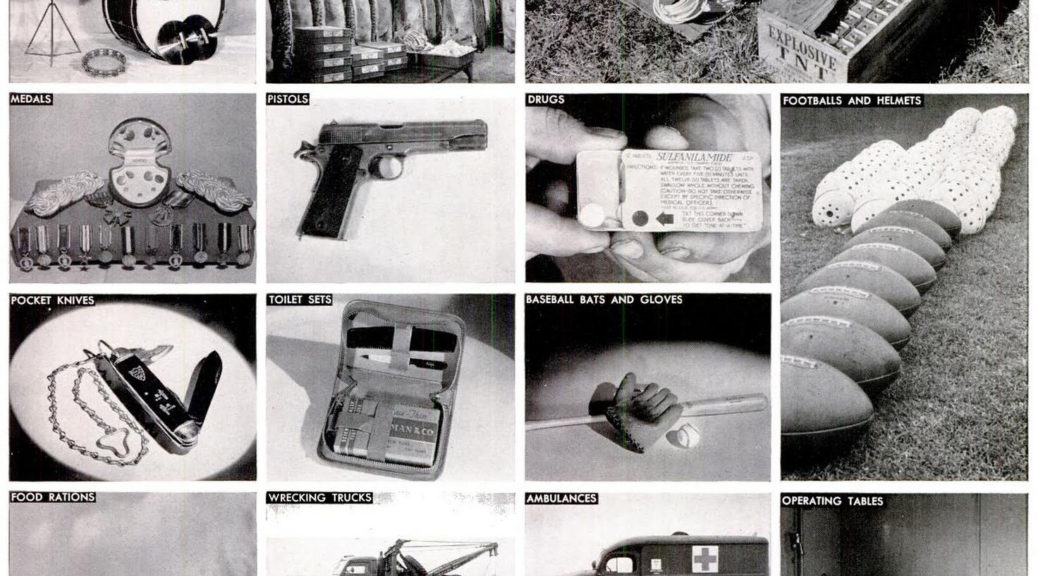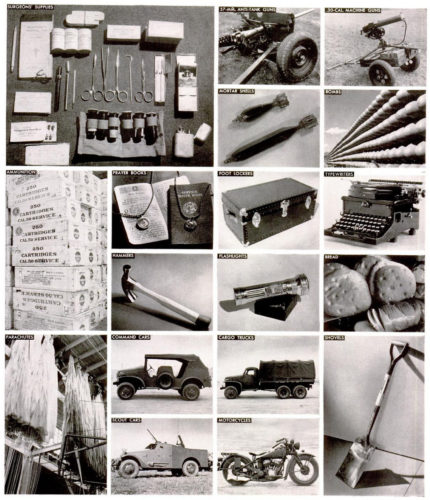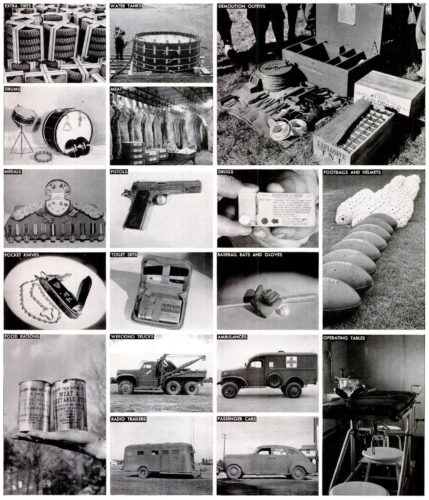Meet Douriean Fletcher, Special Costume Manufacturer on Black Panther – If you haven’t seen Black Panther yet, you are missing out on a visual feast. Yes, the story and characters are very compelling, but just the props and costumes are worth the price of admission. Douriean Fletcher is a metalsmith with the Motion Picture Costumers union (IATSE 705) who created a lot of special costume pieces for the film, from jewelry pieces up to the full-metal armor of the Dora Milaje.
Let’s Talk About Sewing Machine Needles – Infographic – An oldie but a goodie. Sewing Parts Online has made a nifty little infographic to help guide you as you choose a needle for your sewing machine depending on what materials you are stitching. Of course, for it to be fully useful for a props person, you would also need to know which needle is good for sewing neoprene to lauan, but hey, it’s a start.
Inside Tony Winner Clint Ramos’s Creative Process – I promise this hasn’t turned into a costume blog while you weren’t looking. Clint Ramos is also a set designer and a friend of props shops all over, and it is fascinating to learn about his creative process. We should always celebrate when a backstage theatre worker is featured in such a fancy magazine as Town & Country.
How to Rivet Furniture Parts Together – In this riveting article, Christopher Schwartz guides us through how to use copper rivets to make pivoting furniture joints. Many of us are familiar with the pop rivet guns you can get at the hardware store, but here we learn how easy it is to use traditional riveting techniques.
Waldorf Astoria Archives – Buried behind the walls of this landmark NY hotel is a treasure trove of artifacts dating back to the hotel’s opening in the 1890’s. Some unknown person hoarded items like vintage postcards, menus, cocktail lists, ledgers, photographs, and bellhop uniforms. You have to visit the archives in person, but hopefully it will make its way online soon so we can use it in our research.



